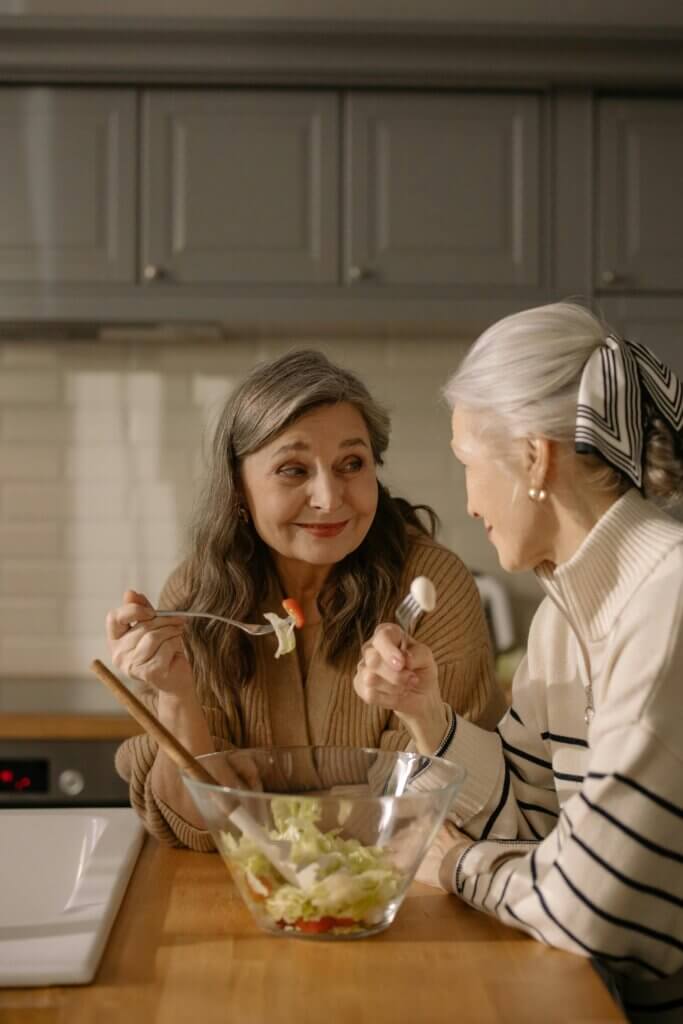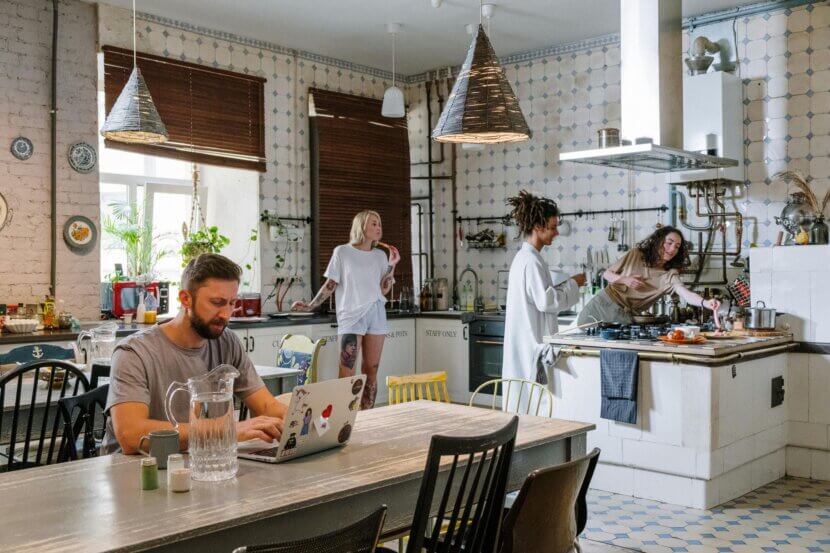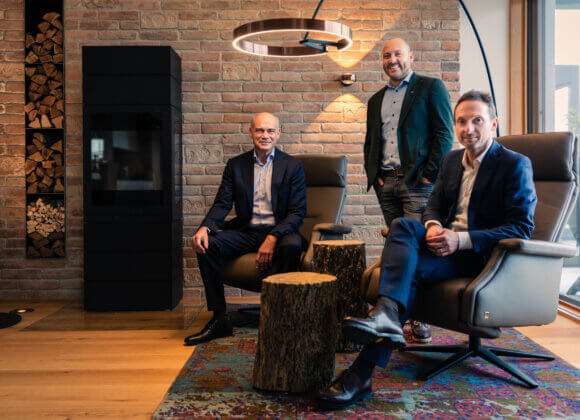One can certainly speak of the famous domino effect here: When living space in cities becomes scarcer and more expensive, people look for alternative forms of housing. Two concepts in this direction are co-living and shared apartments, which offer far more than just a solution to space and cost pressures: They promote social interaction and create new forms of togetherness.
But do these forms of housing really have a future? What are the advantages and disadvantages? And why do these concepts differ fundamentally from traditional shared flats?
Co-living: Living of the future
Co-living describes a form of living in which private retreats – usually bedrooms – are supplemented by spacious communal areas. A typical feature of co-living is that these forms of living are professionally organized. Operators take care of services such as cleaning, community events and often also flexible rental contracts, which clearly sets them apart from traditional shared flats.
The concept has established itself worldwide, especially in large cities where living space is particularly scarce and expensive. It is particularly popular with professionals, expats and so-called digital nomads who are looking for flexible and modern solutions. According to a report by CBRE, Vienna has experienced a veritable boom in co-living projects in recent years. Not only the residents benefit, but also investors who have recognized the potential of this form of living.
Co-living versus shared flat: what’s different?
At first glance, co-living and shared flats may seem similar: Both concepts are based on sharing living space and resources. But on closer inspection, there are important differences:
- Organization: While shared flats are usually privately organized, co-living offers are managed by professional operators. This means that residents don’t have to worry about administrative tasks.
- Flexibility: Co-Living offers flexible rental agreements that are tailored to the needs of modern, mobile residents. In shared flats, on the other hand, fixed rental periods are the rule.
- Community aspect: Co-living specifically promotes social interaction through organized events and networking opportunities, while shared flats rely heavily on the residents for community.
Why is co-living becoming so popular?
This success can be attributed to various social developments. With increasing urbanization and rising rents, many people are looking for new ways to afford housing. At the same time, the desire for real social interaction is growing in our digitalized world.
According to a Statista survey of young adults, 62% say that they would like to see more networking and community in co-living projects. The idea of sustainability also plays a role: sharing resources such as kitchens or workspaces reduces the ecological footprint.
However, like any form of housing, there are advantages and disadvantages:
Pros:
- Cost efficiency: Sharing resources reduces individual housing costs.
- Flexibility: residents can move in and out at short notice.
- Sense of community: Organized events and shared areas promote social interaction.
Disadvantages:
- Limited privacy: Shared communal areas can lead to conflicts.
- Higher rents: Co-living is often more expensive than a shared flat, as additional services are offered.
Community housing: A similar approach with different goals
The main difference between shared apartments is their focus on long-term communal living. Here, like-minded people usually come together to share not only space, but also responsibility.
While co-living often appeals to younger target groups, shared apartments also attract older people or families who value a more cohesive atmosphere.

Changing forms of housing
Both forms of living have the potential to become much more than a short-term trend. After all, they show how our coexistence is changing – away from individualistic models towards community and shared responsibility. At the same time, they encourage us to rethink the importance of neighborhoods and togetherness – whether for young professionals looking for a connection or for older people who want to be part of a community.
Related posts:













